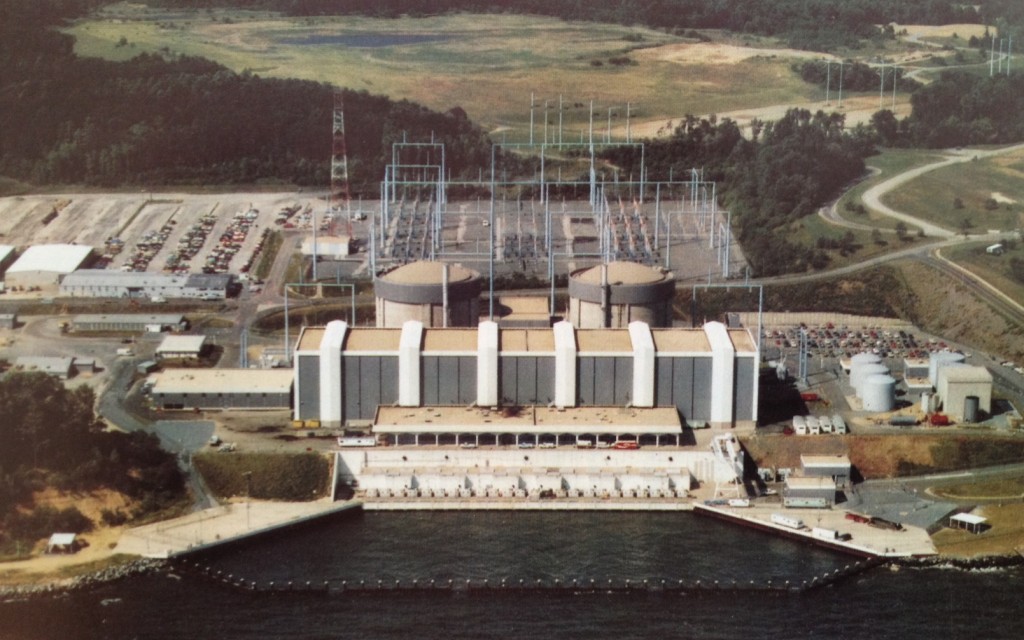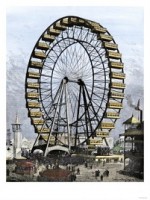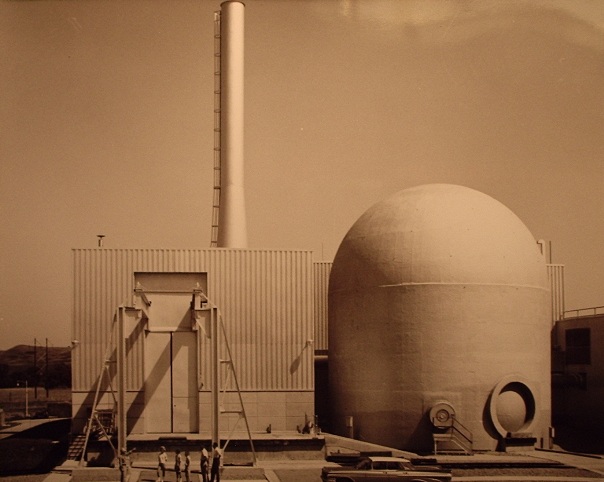
Calvert Cliffs Plant; two unit nuclear generating station. Baltimore Gas and Electric Company brochure, October 1980.
I received an email this morning (in the midst of my daily avalanche of promotional emails) with a link to a brief story about uprating of nuclear plants worldwide (in other words, increasing the power output of an already-built plant)-what had been done, how many were planned, and so forth. I wondered to myself just how many nuclear plants in the United States had been uprated, and when they started-and given the recent hullabaloo over the recent U.S. Environmental Protection Agency CO2 emission policy, it seems like (in addition to discussing small modular reactors) we might also want to toss the uprate card back on the table. Instead of flat or only slightly rising demand for electricity, we may face a steady lowering of generating capacity as plants that are high CO2 emitters (and thus violators) get shut down. Sure, renewables will play a part, and so will increased efficiency, but having more power is better than having less, or too little. I found no quick and easy reference for the kind of analysis I wanted, so I took a little time and did it myself.
 The 217th edition of the Nuclear Blog and Author Carnival has been posted at Next Big Future. You can click here to access this latest installment in a long running tradition among the world's top pro-nuclear authors and bloggers.
The 217th edition of the Nuclear Blog and Author Carnival has been posted at Next Big Future. You can click here to access this latest installment in a long running tradition among the world's top pro-nuclear authors and bloggers.


 In February, the U.S. Department of Energy
In February, the U.S. Department of Energy 

 There is a lot going on in nuclear energy lately-and a correspondingly sizable haul of contributions by the internet's nuclear bloggers this week,
There is a lot going on in nuclear energy lately-and a correspondingly sizable haul of contributions by the internet's nuclear bloggers this week,